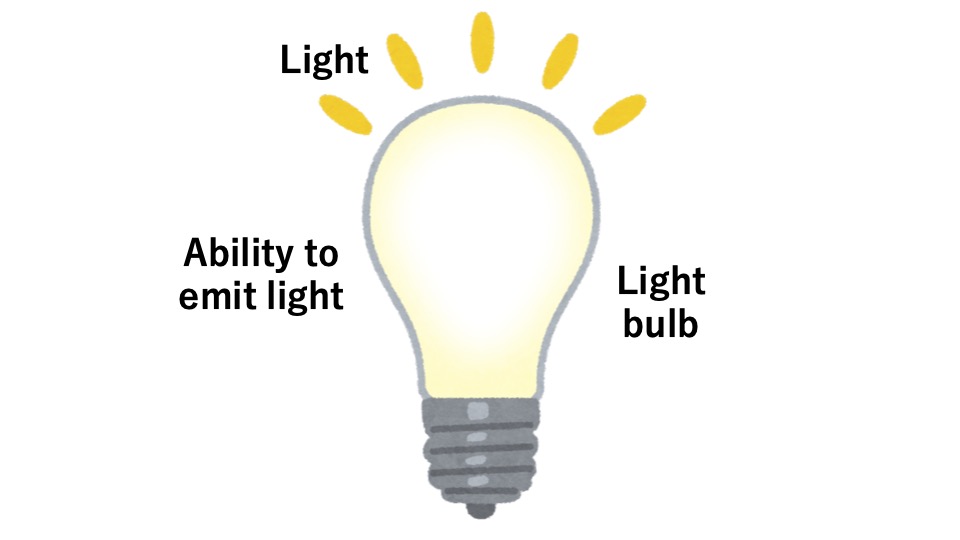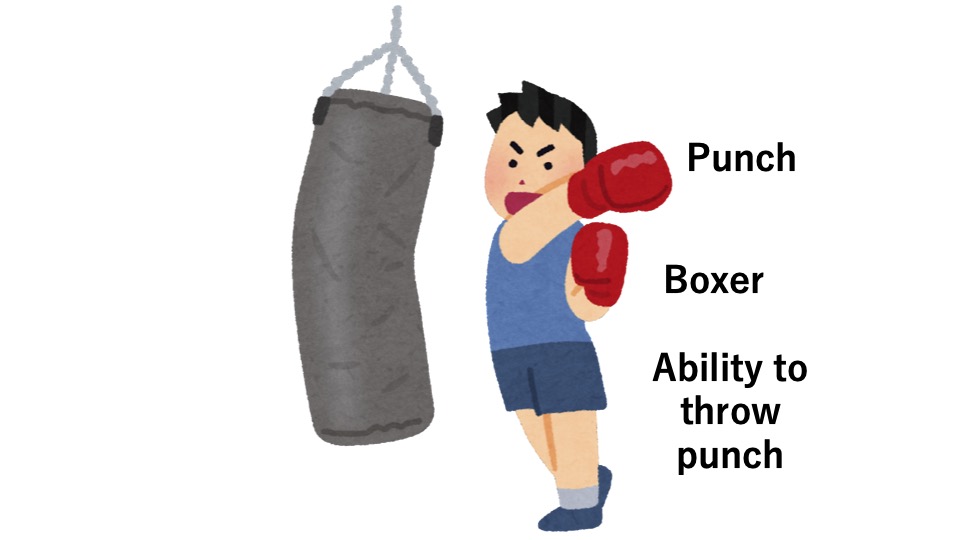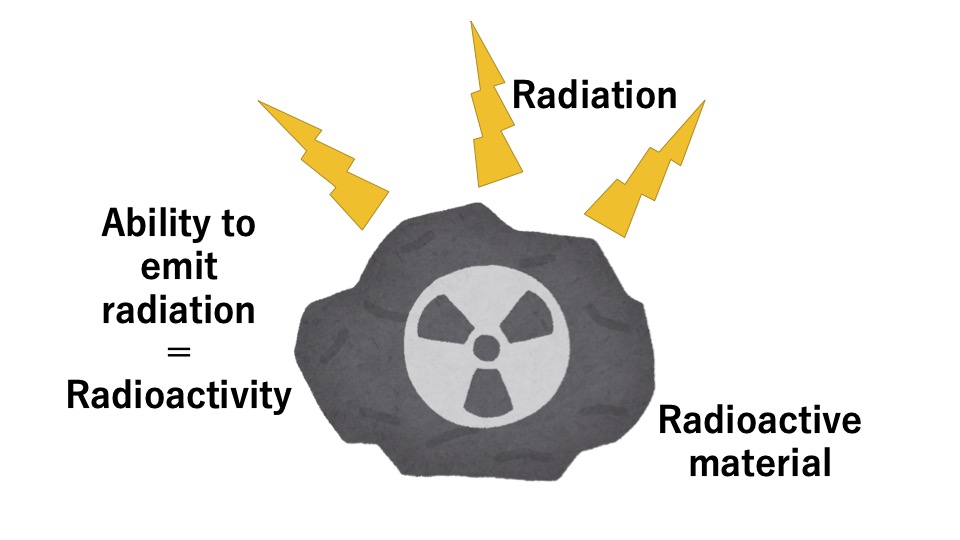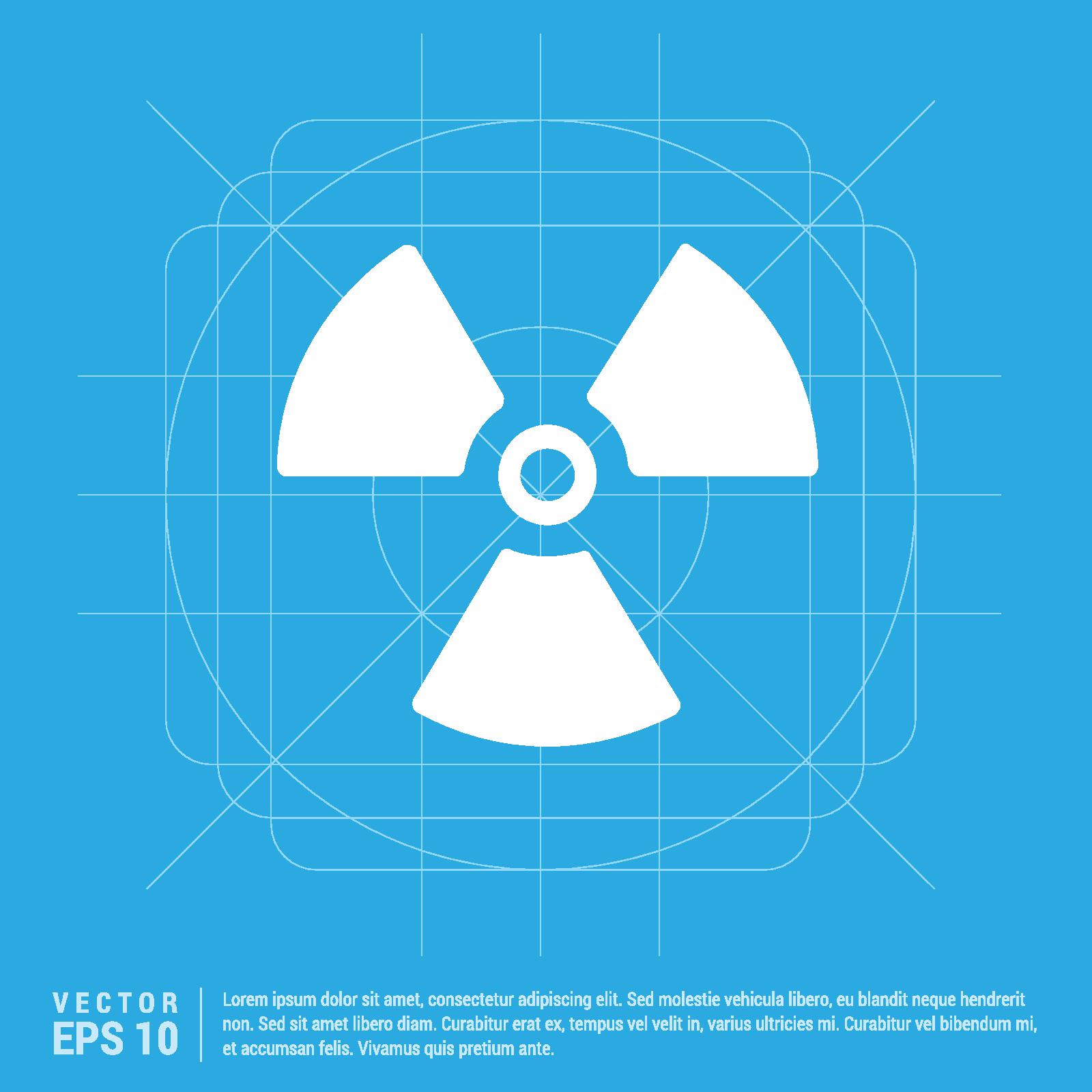Hello, everyone. My name is Daichi, an expert providing the information on the radiation issues in an easy-to-understand manner.
Today, I would like to respond to the following questions:
– I hear often the words: ‘radioactive material’, ‘radioactivity’, ‘radiation’, but I don’t understand exactly the difference between these words and I would like to more specifically their difference.
Table of contents of this article
- (Easy-to-understand) What is the difference between ‘radioactive material’, ‘radioactivity’ and ‘radiation’?
- What is radioactive material?
- What is radioactivity?
- What is radiation?
- Differentiation of these words
- Summary
I have been involved with the radiation-relevant issues, like the policy on the decontamination activities and the management of the Interim Storage Facility, after the accident of the Fukushima Daiichi Nuclear Power Plant in 2011.
I received a doctorate in the field of radiation, while working in Fukushima.
(Easy-to-understand) What is the difference between ‘radioactive material’, ‘radioactivity’ and ‘radiation’?
Here this article assumes radiation emitted by disintegration of atom core, but to put it simply,
- Radioactive material = Material which emits radiation
- Radioactivity = Ability to emit radiation
- Radiation = Particle beam and electromagnetic wave with ionization effect



Let’s have more specific image for the difference between each word, using the above figures of ‘Light bulb’ and ‘Boxing’ as examples.
What is radioactive material?
As aforementioned, the radioactive material is the material which emits radiation.
If a light bulb is taken as an example, the light bulb itself corresponds to radioactive material, and if boxing is taken as an example, a boxer corresponds to radioactive material.
What is radioactivity?
As also mentioned above, radioactivity is (amount of) ability to emit radiation.
If a light bulb is taken as an example, ability itself to emit light, or level of ability to emit ‘bright’ light.
If boxing is taken as an example, it is ability of boxer to throw punches, or level of the boxer’s ability to throw ‘strong’ punches.
In other words, it represents the ability itself to throw punches, or index to see ‘how strong can a boxer throw punches’.
By the way, the level of radioactivity is represented the number of disintegration of atom cores per a unit time.
Therefore, regardless of kind of radiation, the number of radiation and energy emitted, it is represented by: ‘how many radioactive materials are disintegrated and changed into more stable materials per a unit time?’.
Specifically, it is defined as 1 becquerel, when an atom core disintegrates in one second.
The detailed information regarding the unit of radioactivity is explained in this article.
What is radiation?
To understand radiation, please visit this article.
If I am allowed to touch upon only conclusions,
- Radiation in a broad sense: All kinds of particle beams and electromagnetic waves
- Radiation in a narrow sense: Radiation with ionization effect
Differentiation of these words

Especially, the cases often can be seen, in which the word ‘Radioactivity’ is misused e.g.:
- Radioactivity migrates.
- It is contaminated by radioactivity.
In this context, (radio)’activity’ has a similar meaning of ‘ability (or amount of the ability)’.
Therefore it can be easily understood, that the expression ‘Radioactivity migrates.’ is incorrect, but instead ‘Radiation migrates.’ is a correct expression.
In a similar sense, ‘It is contaminated by radioactivity.’ could be understandable, but you can understand that ‘It is contaminated by radioactive materials.’ is the much better expression, taking account of above explanations.
On the other hand, the word ‘Radioactivity’ represents the number of atom cores disintegrated per a unit time (and which relates to the number of radiations emitted as a result of the disintegration).
Therefore, for example, ‘This is radioactive waste with high radioactivity.’ is a correct expression.
Summary
As already explained above,
- Radioactive material: Material which emits radiation
- Radioactivity: Ability to emit radiation
- Radiation (in a narrow sense): Particle beam and electromagnetic wave with ionization effect
Let’s differentiate words correctly, according to context.
By the way, the following videos are created, which explain the almost same contents above.
Please take a look at them at your convenience.
– Japanese version
In addition, please also visit the following video recapitulating the same contents within 3 minutes and 1 minute.
<3 minutes>
<1 minute>
– English version
Also for English version, please visit the following video recapitulating the same contents within 3 minutes and 1 minute.
<3 minutes>
<1 minute>
– German version
Only short version within 3 minutes and 1 minute, but the same contents were recapitulated in the following German video.
<3 minutes>
<1 minute>
– French version
Only short version within 1 minute, but the same contents were recapitulated in the following French video.
You can read the same article in Japanese here.
Thank you very much for reading this article.
See you next time!



コメント
[…] Becquerel is the unit to describe magnitude of radioactivity and specifically it is represented by the number of disintegration of atom cores per unit time (usually 1 second). In other word, if an atom core is disintegrated in one second, the radioactivity is defined as 1 Bq. To put is simply, disintegration of an atom core is a phenomena in which radioactive materials change into more stable materials, by emitting radiation. By the way, the name of this unit derives from the French physicist, Antoine Henri Becquerel, who discovered radiation. Those who would like to learn more about difference between ‘radioactive material’, ‘radioactivity’ and ‘radiation’ can see detail in this article. […]